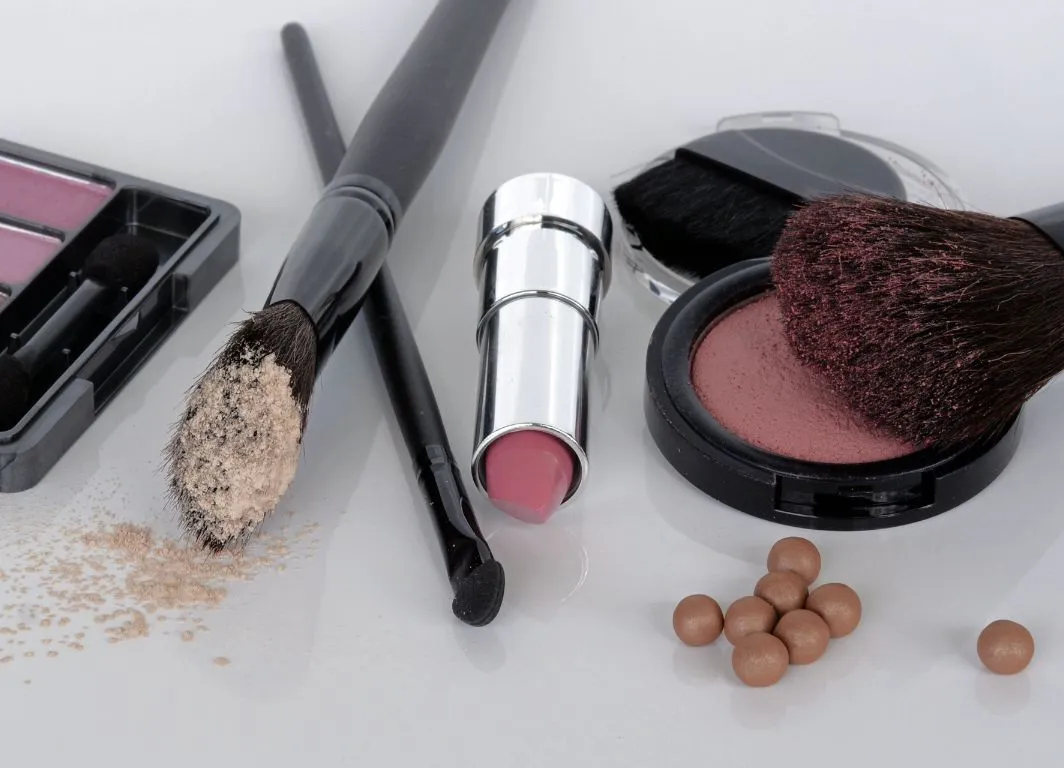News Details

European Commission Proposes to Amend Cosmetic Regulation to Ban 21 CMR Substances
On 24 June 2024, the European Commission issued a draft amendment to Regulation (EC) No 1223/2009, which regulates the use of substances in cosmetic products. The draft was notified to the World Trade Organization (WTO) on the same day.
The proposed amendments aim to ban the use of certain chemicals classified as carcinogenic, mutagenic or toxic for reproduction (CMR). This regulatory update is in line with the classifications under the Classification, Labelling and Packaging (CLP) Regulation (EC) No 1272/2008.
The draft introduces stricter controls on a number of CMR substances and ensures that they are included in the list of banned substances in Annex II of the Cosmetics Regulation. This will ensure a uniform implementation of these bans throughout the internal market, increase legal certainty for economic operators and national authorities and, most importantly, ensure a high level of protection of human health.
Key Points of the Draft Amendment
1. Prohibition of CMR Substances:
- Substances classified by the Risk Assessment Committee of the European Chemicals Agency (ECHA) as Categories 1A, 1B, or 2 will be banned.
- The Regulation applies to substances classified as CMRs by Delegated Regulation (EU) 2024/197 with effect from 1 September 2025.
2. Specific Substances Targeted:
- Diphenyl(2,4,6-trimethylbenzoyl)phosphine oxide (CAS No 75980-60-8) will be banned due to its classification as a Category 1B reproductive toxicant. Previously listed in Annex III and authorised for use in artificial nail systems, this substance will now be transferred to the list of prohibited substances (Annex II).
- Cymoxanil (CAS No 57966-95-7), already listed in Annex II, will have its entry updated to include its additional chemical names and CAS number for clarity and legal certainty.
- The 21 substances listed in the table below will be added to Annex II to Regulation (EC) No 1223/2009.
|
Chemical name |
CAS number |
EC number |
|
Diphenyl(2,4,6-trimethylbenzoyl)phosphine oxide |
75980-60-8 |
278-355-8 |
|
2,2',6,6'-tetrabromo-4,4'-isopropylidenediphenol; tetrabromobisphenol-A |
79-94-7 |
201-236-9 |
|
Transfluthrin (ISO); 2,3,5,6-tetrafluorobenzyl (1R,3S)-3-(2,2-dichlorovinyl)-2,2- dimethylcyclopropanecarboxylate |
118712-89-3 |
405-060-5 |
|
Clothianidin (ISO); (E)-1-(2-chloro-1,3-thiazol-5- ylmethyl)-3-methyl-2-nitroguanidine |
210880-92-5 |
433-460-1 |
|
Benzyl(diethylamino)diphenylphosphonium 4- [1,1,1,3,3,3-hexafluoro-2-(4- hydroxyphenyl)propan-2-yl]phenolate |
577705-90-9 |
479-100-5 |
|
Benzyltriphenylphosphonium, salt with 4,4'- [2,2,2-trifluoro-1- (trifluoromethyl)ethylidene]bis[phenol] (1:1) |
75768-65-9 |
278-305-5 |
|
Reaction mass of 4,4'-[2,2,2-trifluoro-1- (trifluoromethyl)ethylidene]diphenol and benzyl(diethylamino)diphenylphosphonium 4- [1,1,1,3,3,3-hexafluoro-2-(4- hydroxyphenyl)propan-2-yl]phenolate (1:1) |
- |
- |
|
Reaction mass of 4,4'-[2,2,2-trifluoro-1- (trifluoromethyl)ethylidene]diphenol and benzyltriphenylphosphonium, salt with 4,4'- [2,2,2-trifluoro-1- (trifluoromethyl)ethylidene]bis[phenol] (1:1 |
- |
- |
|
Dimethyl propylphosphonate |
18755-43-6 |
242-555-3 |
|
Dibutyltin maleate |
78-04-6 |
201-077-5 |
|
Dibutyltin oxide |
818-08-6 |
212-449-1 |
|
Reaction mass of 1-(2,3-epoxypropoxy)-2,2-bis ((2,3-epoxypropoxy)methyl) butane and 1-(2,3- epoxypropoxy)-2-((2,3-epoxypropoxy)methyl)-2- hydroxymethyl butane |
- |
- |
|
4,4'-[2,2,2-trifluoro-1- (trifluoromethyl)ethylidene]diphenol; bisphenol AF |
1478-61-1 |
216-036-7 |
|
Benfluralin (ISO); N-butyl-N-ethyl-α,α,α- trifluoro-2,6-dinitro-p-toluidine |
1861-40-1 |
217-465-2 |
|
N,N-dimethyl-p-toluidine |
99-97-8 |
202-805-4 |
|
1,4-Benzenediamine, N,N'-mixed Ph and tolyl derivs. |
68953-84-4 |
273-227-8 |
|
4-nitrosomorpholine |
59-89-2 |
- |
|
Difenoconazole (ISO); 1-({2-[2-chloro-4-(4- chlorophenoxy)phenyl]-4-methyl-1,3-dioxolan-2- yl}methyl)-1H-1,2,4-triazole; 3-chloro-4- [(2RS,4RS;2RS,4SR)-4-methyl-2-(1H-1,2,4- triazol-1-ylmethyl)-1,3-dioxolan-2-yl]phenyl 4- chlorophenyl ether |
119446-68-3 |
- |
|
4-methylimidazole |
822-36-6 |
212-497-3 |
|
3,3'-dimethylbiphenyl-4,4'-diyl diisocyanate |
91-97-4 |
202-112-7 |
|
Foramsulfuron (ISO); 2-{[(4,6- dimethoxypyrimidin-2-yl)carbamoyl]sulfamoyl}- 4-formamido-N,N-dimethylbenzamide; 1-(4,6- dimethoxypyrimidin-2-yl)-3-(2- dimethylcarbamoyl-5- formamidophenylsulfonyl)urea |
173159-57-4 |
- |
3. Implementation and Compliance:
- The Regulation will apply from 1 September 2025, in line with the classification dates of the substances concerned.
- No requests for exceptions for the use of these substances in cosmetic products have been submitted, reinforcing the commitment to high safety standards.
Objectives and Expected Impact
The amendment is driven by the need to protect human health from the risks posed by hazardous substances in cosmetic products. By harmonising the classification and prohibition of CMR substances, the European Commission aims to ensure safer products for consumers across the EU. This update also supports the smooth functioning of the internal market by providing clear guidance and certainty for manufacturers and regulatory bodies.
Timetable for Public Consultation and Regulation Enforcement
Stakeholders have until 23 August 2024, to submit comments on the draft regulation. The final version will be adopted following these consultations and will enter into force 20 days after its publication in the Official Journal of the European Union.
We acknowledge that the above information has been compiled from European Commission.

 Twitter
Twitter
